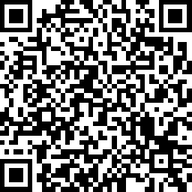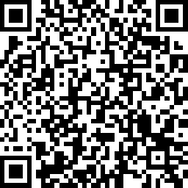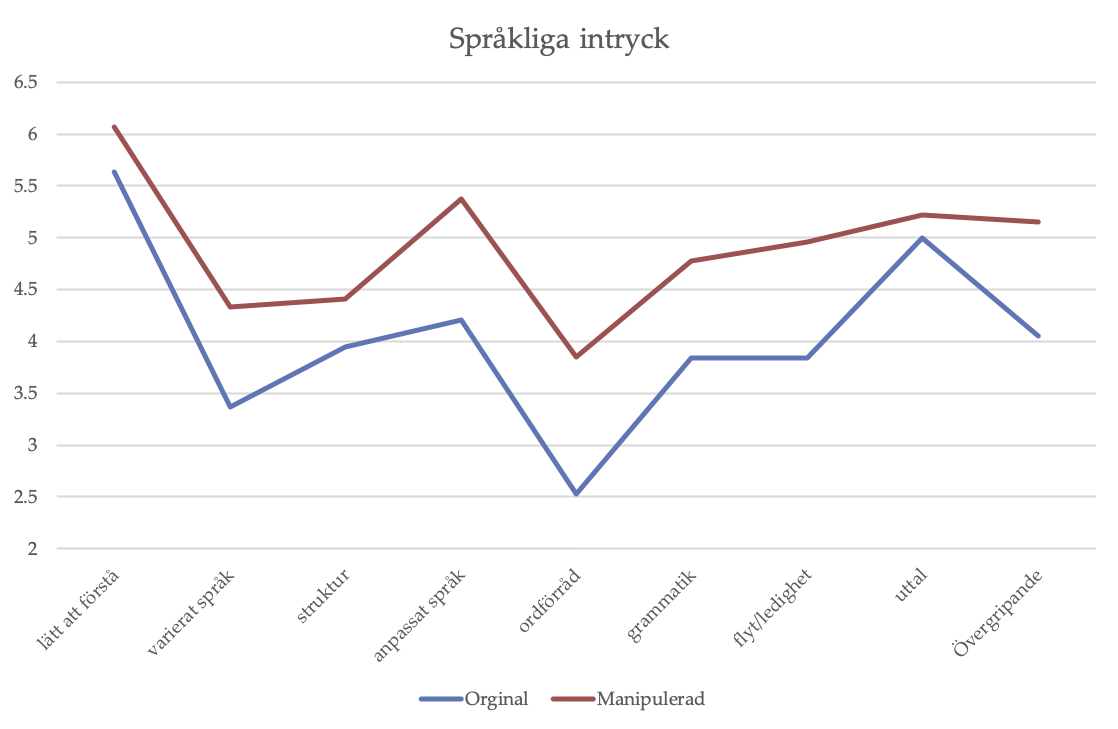The Youth Language Case
| ||||||||||||||||
|
| ||||
Recording and Morphing
Before recording the scripts, we first trialed a number of voices to see which responded best to voice morphing. In this case, the original recording has been manipulated using cut-n-paste paste methods and vowel distortions using Praat. The resultant scripts are identical except for certain vowel sounds that signal native/non-native Swedish accents being different in the two versions, for example the [ʉ:] sound which is often reproduced more rounded and further back as [u:] (basically a shift from u->o) sound by non-european immigrants with Arabic, Persian and Somali as L1s, for example. Another vowel that we manipulated was the long fronten [i:]-sound to a more [y:]-like sound, again a typical signal vowel for immigrants from the east. In short the two versions were identical apart from the pronunciation of a few signal vowel sounds, which did not interfere with comprehensibility.
Before recording the scripts, we first trialed a number of voices to see which responded best to voice morphing. In this case, the original recording has been manipulated using cut-n-paste paste methods and vowel distortions using Praat. The resultant scripts are identical except for certain vowel sounds that signal native/non-native Swedish accents being different in the two versions, for example the [ʉ:] sound which is often reproduced more rounded and further back as [u:] (basically a shift from u->o) sound by non-european immigrants with Arabic, Persian and Somali as L1s, for example. Another vowel that we manipulated was the long fronten [i:]-sound to a more [y:]-like sound, again a typical signal vowel for immigrants from the east. In short the two versions were identical apart from the pronunciation of a few signal vowel sounds, which did not interfere with comprehensibility.
|
Version A: Swedish accent
|
Version B: manipulated accent
|
Presenting and Conducting the Case
To hide the real purpose of the exercise, it was initially contextualised as a workshop on evaluation, where the respondents (teacher trainees and active teachers) were told they would listen to an oral presentation performed by an adult student, and evaluate the language performance of the same. They were not aware of the fact that there were two versions of the recording at this stage. Respondents were also told that their responses would form the basis of a follow-up seminar discussion, where evaluations of the “student” would be in focus.
After listening to the recording, respondents were asked to respond to nine statements regarding language usage, and five statements of general evaluative nature. The linguistically oriented statements were inspired by the Swedish School Authorities’ (Skolverket) recommendations for evaluations of the oral section of the national tests, and dealt with issues such as understandability, variability, language structure, vocabulary, fluency and pronunciation.
To hide the real purpose of the exercise, it was initially contextualised as a workshop on evaluation, where the respondents (teacher trainees and active teachers) were told they would listen to an oral presentation performed by an adult student, and evaluate the language performance of the same. They were not aware of the fact that there were two versions of the recording at this stage. Respondents were also told that their responses would form the basis of a follow-up seminar discussion, where evaluations of the “student” would be in focus.
After listening to the recording, respondents were asked to respond to nine statements regarding language usage, and five statements of general evaluative nature. The linguistically oriented statements were inspired by the Swedish School Authorities’ (Skolverket) recommendations for evaluations of the oral section of the national tests, and dealt with issues such as understandability, variability, language structure, vocabulary, fluency and pronunciation.

Want to try?
If you want to try out the case with your own class use QR-code is link below for a ready package.
http: www.surveymonkey.com/r/WGKF3SH
Note! Contact [email protected] if you want to do this with a group so that we can set up a specific group for you and give you access to the results.
If you want to try out the case with your own class use QR-code is link below for a ready package.
http: www.surveymonkey.com/r/WGKF3SH
Note! Contact [email protected] if you want to do this with a group so that we can set up a specific group for you and give you access to the results.

Link to post-survey. Please let participants answer this after the seminar discussion!
https://www.surveymonkey.com/r/R7N92JX
https://www.surveymonkey.com/r/R7N92JX
|
Example of debriefing presentation
|
| ||
Some Results from Previous Trials
Surprisingly, the manipulated version (i.e. the version manipulated to sound non-native) has been evaluated significantly more favourably on all variables except pronunciation in trials to date.
Figure 1. Differences between perceptions of language performance in unmanipulated (in orange) vs. the manipulated version (in blue) among Swedish teacher trainees (N=217).
Debriefing |
For a general description of the debriefing model we have been using see debriefing.
